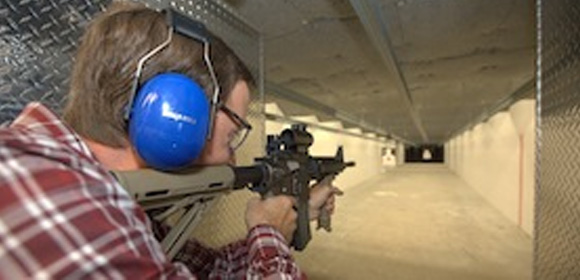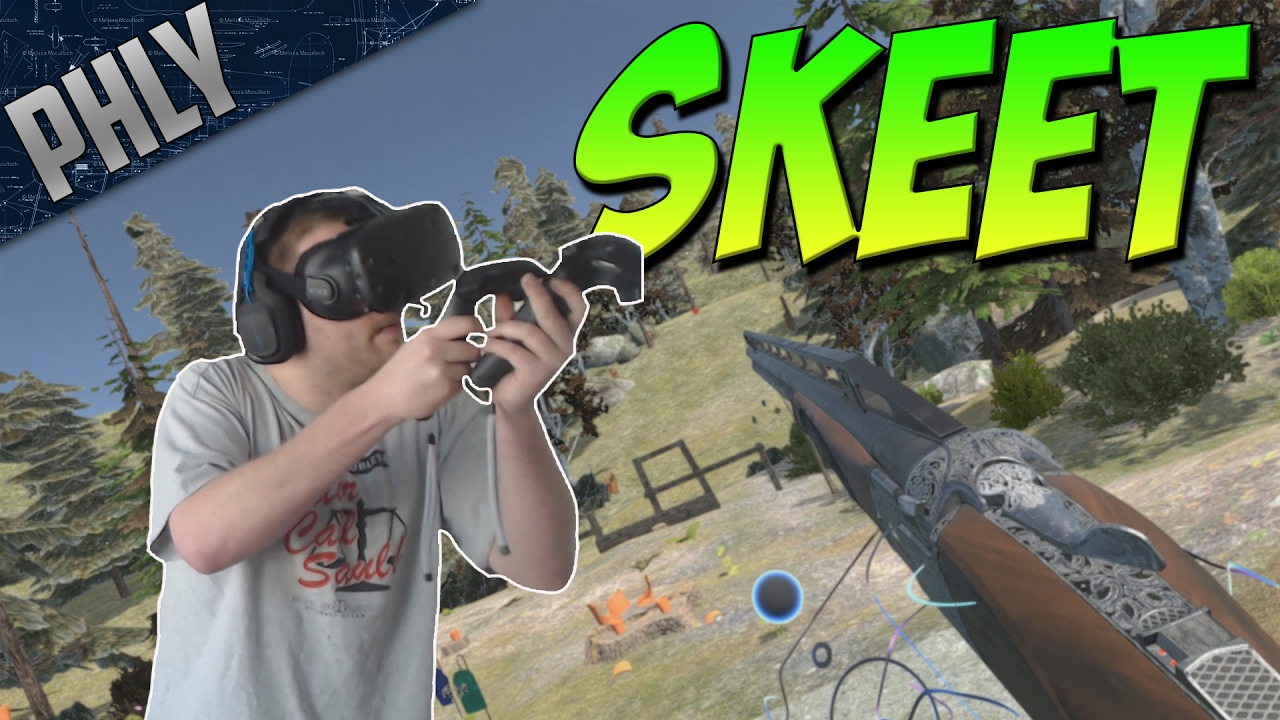
This article will explain the basics of the subunit 40S, Tma, Translation initiation compounds, and the Stop codon peak. This overview of the 40S function will serve as a basis for further research. See the references at end for additional information. This article also reviews recent research regarding translation and 40S. You might also find interesting information about translation initiation or the structure the 40S subunit of ribosome.
Subunit 40S of ribosome
Understanding the intricate process of start code recognition is possible only by understanding the crystal structure. This structure reveals both the location of eIFs 1, and 1, on the 40S ribosome subunit, along with the conformational changes associated with binding. This structure is the first to provide detailed insight into the atomic interactions among these factors. Additional research will reveal the mechanisms.

Tma factors
The translation initiation function plays a unique role for the 40S and 40S ribosomes. Tma Factors are removed from the 40S and prevent them from acquiring MetRNAiMet. Tma factor roles in initiation are not yet known, but they may play an important role for both. They could play both of these roles.
Translation initiation complexes
The recruitment of the multiprotein eIF3 complex and the 40S ribosomal ribosomal s subunit is required for translation initiation in eukaryotes. Six subunits comprise the eIF3 core Saccharomyces cerevisiae. This was done using the IMP method. Using the cross-linking-mass-spectrometry method, the IMP was able to predict the exact position of each component, revealing the extended modular arrangement of the subunits. The trajectory was produced in RMF format. 100 models with the highest scores were exported in PDB.
Stop codon peak height
We found a novel m6A enriched topology in 3'UTR's stop codon. The tidal flat sediment community also contained potential sulfur-oxidizing Gammaproteobacteria. A member of the enigmatic BD1-5/SN-2 clade was also identified with 7 + 6%. We confirmed the presence of the m6A-methylation motif in a stop codon using fluorescent in situ hybridization.

Financial planning
The most important goal in financial planning for those in their 40s is to get rid of all debt. People in their forties are often saddled with large amounts of debt. The best years for creating wealth are the early years of retirement. It is crucial to have a step-by, step plan for eliminating that debt. This includes high-interest debt such as credit cards. Try to reduce your mortgage payments and begin saving for your retirement.
FAQ
How many deer hunter there are in the U.S.
The number of deer hunters in the United States is estimated at over 20 million. This includes both recreational as well as professional hunters.
Can I bring my dog along?
Most states prohibit dogs from being hunted together with humans. However, there are laws in some states that allow for this practice. To find out if it is permitted in your state, check with the department of natural resources.
In addition, some hunters do bring their pets along. Some people believe that having their pet with them helps them relax while hunting. Some people believe that having a pet makes it less likely for them to lose their way.
However, bringing a pet along may cause problems. The hunter may be frightened of dogs. Wild animals can attack the pet.
How much does it cost for you to hunt?
Hunting trips can be expensive depending on where you live, what type of wildlife is being targeted, and how big the animal that you are hunting.
In general, a two-person hunting party will cost between $500-$1,000 per head. This includes lodging and food as well equipment, permits, fuel, and licenses.
Some areas are more expensive than others. If you plan to hunt during peak seasons, such as fall turkey season, expect to pay even more.
What makes hunting such a rewarding hobby?
Hunting is like playing with nature. It is important to plan ahead and anticipate the outcome of each move.
The goal of hunting is to find food, which means you must know what kind of animal you're looking for, how to track your prey, and when to stop tracking. These things are essential to hunting success.
It is important to always be alert when hunting. So you won't miss any opportunity. Once you spot something, get close enough that you can identify it. Take a note of everything that you see and make a recording. This will allow you to remember what you saw later, if you want to hunt again.
It's much more than just shooting at targets. It's about being in tune to yourself, your environment, and the animals surrounding you.
What types of guns can be legally used?
There are many different types of weapons you can use while hunting.
Hunting rifles, shotguns and handguns are the most common weapons used by hunters.
Rifles can fire bullets at long distances. Shotguns can be loaded with pellets. Handguns fire bullets through their hands. Muzzle-loading firearms are similar to modern-day pistols.
Crossbows allow you to shoot arrows. Bowhunters are archery weapon.
Hunting with a crossbow requires special training. You must first learn how to properly aim and shoot the weapon.
Is it possible to hunt without a licence?
Yes, it is possible to hunt without a licence. However, this could be considered a violation.
You could face jail or fines.
Some states allow residents without a license to hunt. You can hunt in some states without a permit if you check with your state department for natural resources.
What is the most important aspect of hunting animals
How do we get there First, we need to know how to shoot accurately. We must then learn to hit our target. We must also learn to adjust when we miss our target.
The most important part of hunting is knowing what you're doing. If you don’t understand the basics of hunting, you won’t be able to improve. You might think you've improved because you've gotten better shots, but if you didn't know what you were doing before, those shots won't mean anything. The same goes for hitting targets. If you don’t get why you’re not succeeding, you won’t be able to change. That means you need to know what you're aiming for.
This is where knowledge plays a major role. Your ability to hunt is dependent on your knowledge of the animal that you're hunting. If you go out into nature, you will want to be as knowledgeable as possible about the animals you come across. It's important to learn about their habits, personalities, and behaviors. You can plan your hunts in this way to ensure they run smoothly.
It is important to always learn from other people who have achieved success in the past. This topic is covered in many books. In addition, there are websites like www.thehuntingzone.com that offer great tips and advice. There are also people with years of experience. They will be able to help you understand what works and not.
After you have learned all you can, it is time to put your knowledge into practice. Practice makes perfect. It's not enough to practice until you feel confident. Instead, practice until you feel confident. Confidence makes it possible to relax and enjoy your work. Relaxation allows you to focus on the task at hand. Concentration will allow you to seize every opportunity. Opportunities will only appear if you are calm and focused.
Once you are ready to put your new skills into practice, it is time to test them. Don't fret if you fail. Keep practicing and improving. You'll eventually be successful.
Statistics
- Indiana, for example, saw a 28% jump in turkey license sales during the first week of the season. (stacker.com)
- Thanks to the 1937 Pittman-Robertson Act, an 11% excise tax was placed on the sale of firearms, which were then used for conservation. (stacker.com)
- Licenses dropped from a peak of roughly 17 million in the 1980s to 15 million in 2019, according to The Seattle Times. (stacker.com)
- Less than 1% of Hawaii's population has a hunting license. (stacker.com)
External Links
How To
How to hunt wild hogs
Large, large wild hogs are found all over North America, Africa Asia, Asia, Europe. Wild hogs are omnivores; they eat vegetation and small animals such as rabbits, mice, birds, insects, and fish. They usually eat at nights. They usually feed at night. After the six-month gestation period, one piglet will be born. A sow gives birth every two years. Wild hogs are often solitary but can live in groups known as herds.
Wild boars average a weight of 200 pounds (90kg). Their head length averages from 10 to 12 inches (25-30 cm), while their body length ranges from 20 to 30 inches (50-75 cm). Wild pigs have long legs, broad shoulders, and short tails. Their skin is covered with a thick layer fat.
They are very sensitive to smell, hearing, sight, and touch. These senses are used to find food and detect danger. They can run upto 35 mph (56 km/h) at speeds of up to 14 mph and jump upto 15 feet (4 m) from a distance of just under 4 m. They are very sharp with their teeth and claws. They are very aggressive when protecting themselves from predators.
Hunting wild hogs is difficult due to their intelligence, speed, and elusive nature. They must be carefully tracked by hunters. The animal could escape if hunters are too quick to shoot. If hunters are too late, the animal might die before it reaches shelter.
There are many methods of hunting wild hogs. The most common is shooting. This requires hunters to locate the animal and wait for it to arrive in range. Another option is trapping. You can trap hogs by setting traps near water supplies. A trap may contain a scent lure such as peanut butter and corn meal. The hunter then shoots the trapped pork after the trap has been sprung.
Another option is snaring. Snaring uses a noose made out of rope to catch the pig. It is most effective if the pigs are caught in its mating period.
You can also use poisoning, spearing, or netting. To stop pigs from breathing, spearing and netting involve putting a spear or net through the neck of the animal. Poisoning is when the poison is injected into the pig's throat.
Hunting wild hogs is a challenging sport. Hunters should be prepared for winter. For warmth, hunters may need to wear snowshoes in certain areas. To help track animals, some hunters have dogs.